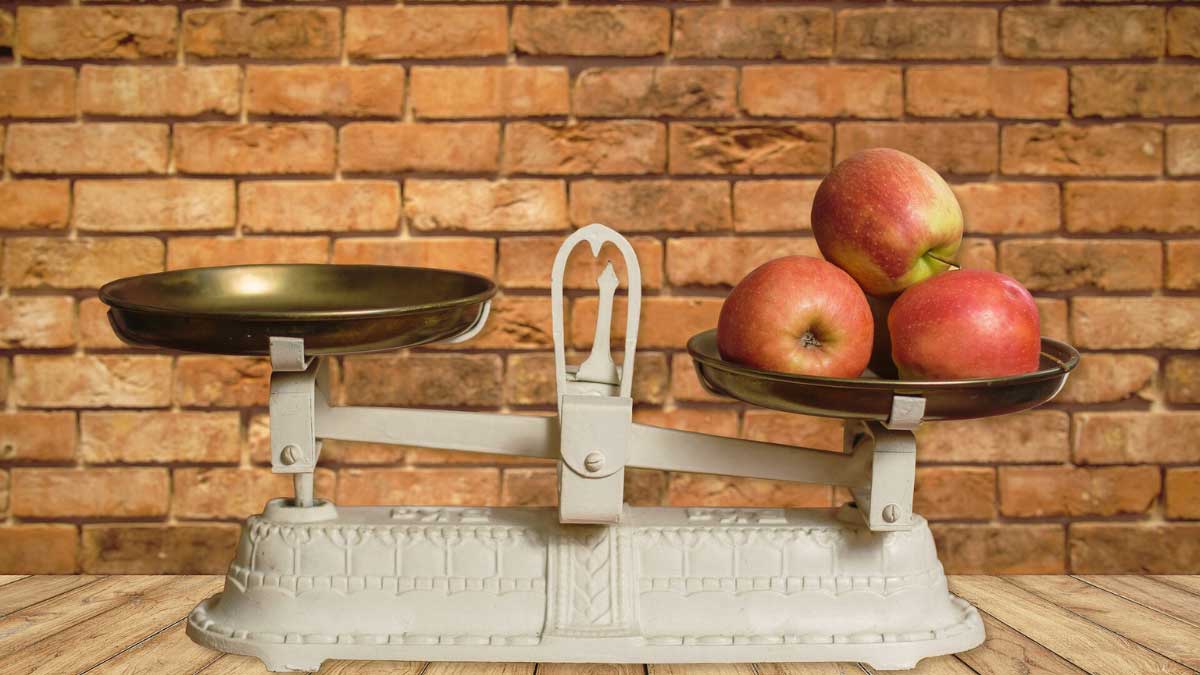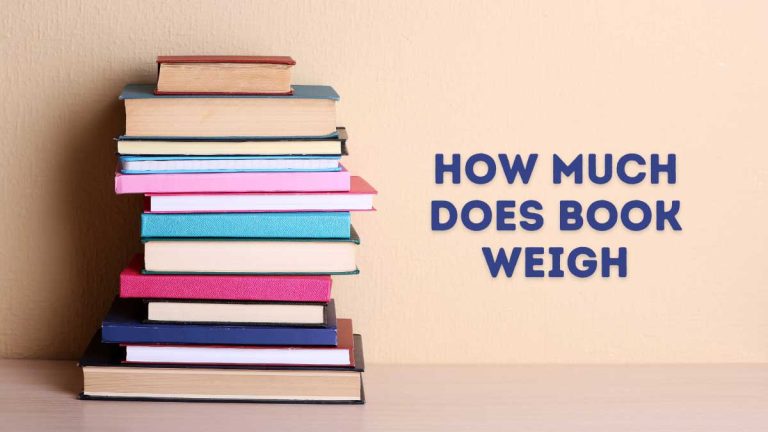How Heavy Is 5 Pounds: Practical Weight Comparison Guide
Ever wondered just how heavy 5 pounds really is? It’s a question that might seem simple at first, but understanding the weight can provide valuable context in your daily life. Whether you’re lifting groceries, weighing luggage, or considering fitness goals, knowing what 5 pounds feels like can make a significant difference.
Picture holding a small bag of flour or a couple of medium-sized books. That’s roughly the weight you’re dealing with. This tangible sense of weight helps when you’re trying to visualize or compare it to other everyday objects. Understanding this can also aid in making informed decisions, whether you’re shopping or planning a workout routine.
So why does understanding 5 pounds matter? It’s about gaining a practical sense of measurement that can simplify tasks and enhance your awareness. Dive into the world of weight, and you’ll find it can be surprisingly intriguing and beneficial in ways you might not expect.
Key Takeaways
- Practical Understanding: Gaining a sense of how heavy 5 pounds is can assist in everyday tasks such as shopping, packing, and fitness planning.
- Weight Comparisons: Common household items like a ream of paper and a two-liter soda bottle weigh around 5 pounds, providing tangible weight references.
- Food Equivalents: Foods like a bag of ground beef or a gallon of ice cream can help visualize 5 pounds, making it easier to estimate food quantities.
- Real-Life Applications: Recognizing 5-pound objects enables efficient weight estimation, which is useful in situations from grocery shopping to understanding health changes.
- Health Implications: Fluctuations of 5 pounds can be significant in contexts such as weight loss goals or health conditions, influencing overall well-being.
Understanding Five Pounds
Comprehending the weight of 5 pounds enhances your ability to estimate and manage everyday tasks. Whether a student, professional, or just curious, this understanding aids in various scenarios.

Conversion to Other Units
- 5 pounds equals 2.3 kilograms, 80 ounces, or 0.4 stones. Knowing these conversions helps when traveling or dealing with international recipes and purchases.
Household Items
- Familiar items weigh around 5 pounds
- Ream of paper: You encounter it in offices or classrooms.
- Two-liter bottle of soda: Common in grocery stores.
- Bag of flour or sugar: Crucial for baking.
- Blow dryer: Found in most bathrooms.
Food Items
- Foods matching this weight include:
- Bag of ground beef: Prevalent in family meals.
- Two and a half pineapples: Typical in tropical recipes.
- Gallon of ice cream: A sweet treat for gatherings.
- Bunches of bananas: Versatile and healthy snacks.
Practical Applications
Recognizing 5-pound items simplifies decisions like grocery shopping or packing. This skill proves valuable in real-life situations, enabling you to gauge and approximate weights efficiently. Understanding these examples, you’ll enrich your mental gauge for weights, making everyday tasks more intuitive.
Everyday Items Weighing Five Pounds
Recognizing the weight of five pounds helps in everyday tasks, offering a tangible point of reference. This understanding aids in lifting, shopping, and more.
Household Objects
Several household objects weigh around five pounds. A backpack filled with essentials like books and keys typically hits this mark. Similarly, lightweight plastic chairs and half cartons of soda, containing six cans, also approximate five pounds. Bath towels, a blow dryer, or a full sheet set provide practical home examples of this weight range.
Common Foods
Exploring the kitchen, you’ll find various foods weighing five pounds. A classic example is five packages of bacon, each sold by the pound. Five bunches of bananas, with three in each bunch, match this weight. Two racks of baby back ribs, each weighing 2.5 pounds, total five pounds.
Small Animals
Small animals showcase this weight in a living context. A typical five-pound dog, like a chihuahua, embodies this measure in the animal kingdom. This comparative understanding enhances your ability to estimate weights in differing scenarios.
Five Pounds In Different Contexts
Understanding how heavy 5 pounds is requires exploring its significance in various scenarios. Grasping this weight can enhance your awareness in contexts ranging from health to physical transformations.
Physical Transformation
Losing or gaining 5 pounds can significantly impact your body. For weight loss, a 5-pound reduction in a 100-pound person represents a 5% decrease, which is clinically meaningful. Studies show this loss can improve body composition, reducing total body fat by 10% and intra-hepatic triglyceride by 13%. This preferential decrease targets unwanted fat storage areas, potentially leading to better metabolic health.
Conversely, a rapid 5-pound increase over 7 days in heart failure patients could affect your medical situation, although it may not necessarily lead to hospital admissions. It does, however, heighten the chance of needing emergency care, reflecting the sensitivity of certain health conditions to weight changes.
Health Considerations
Considering weight fluctuations from a health perspective can be insightful. A stable weight is essential for overall well-being. For those managing specific health conditions, like heart failure, recognizing a 5-pound variation can signal changes in your body that necessitate attention. Studies suggest that monitoring these changes can help preempt health risks and address potential issues proactively. In a broader context, understanding these shifts enables better health management and promotes a more mindful approach to your body’s needs and responses.
Comparing Weights
Understanding the difference between 5 pounds and 10 pounds helps you estimate weights more accurately in everyday situations. Whether comparing them to household items or considering their impact on physical health, recognizing these weights enriches your awareness.
Five Pounds Vs. Ten Pounds
Comparing 5 pounds to 10 pounds offers a clear perspective on weight differences. For instance, while 5 pounds equates to a small bag of flour or a couple of memory foam pillows, 10 pounds matches a gallon of paint or a common vacuum cleaner. In terms of household items, a ream of paper or a two-liter bottle of soda approximate 5 pounds, but 10 pounds corresponds to a typical bag of potatoes or an English toy spaniel. This distinction helps in practical tasks like lifting groceries or setting fitness goals, as knowing what each weight feels like can guide your decisions effectively.
Conclusion
Understanding the weight of 5 pounds offers practical benefits in daily life. Whether you’re shopping for groceries or setting fitness goals, knowing what 5 pounds feels like can streamline your decision-making. This awareness extends to international travel and cooking, where converting 5 pounds into other units proves invaluable.
Recognizing 5-pound items, from household objects to common foods, enhances your ability to gauge weights efficiently. Such knowledge is crucial not only for practical tasks but also for monitoring health. A 5-pound fluctuation in weight can significantly impact your well-being, highlighting the importance of staying mindful of changes.
By comparing 5 pounds to 10 pounds, you gain a clearer perspective on weight estimation. This understanding enriches your everyday experiences, ensuring you’re equipped to make informed choices in various scenarios.







